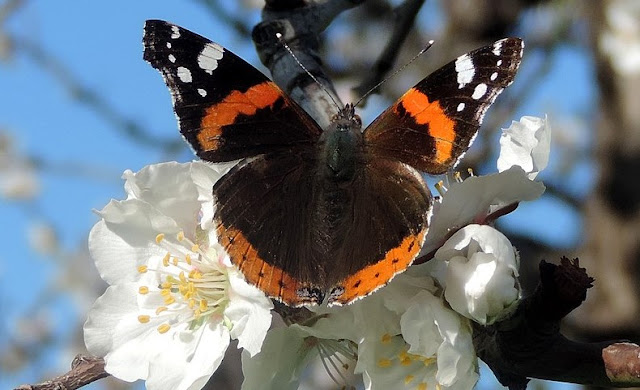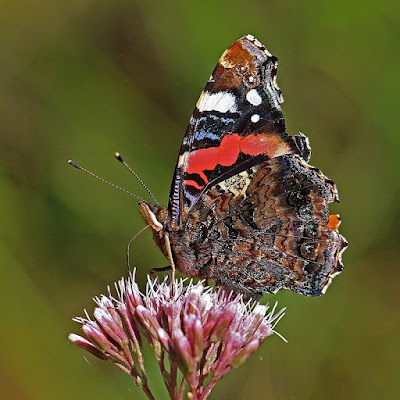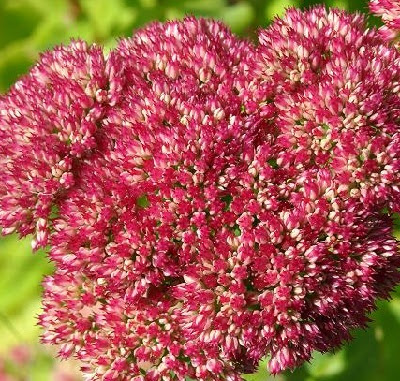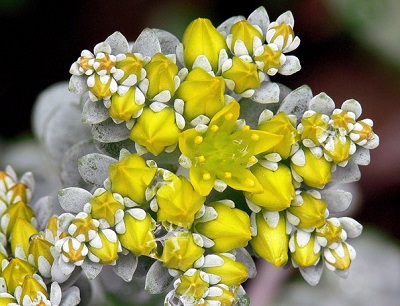 |
| The Moth orchid - Phalaenopsis species and cultivars |
The Phalaenopsis genus of orchids contains approximately 60 species and numerous cultivars, many of which have been produced artificially under laboratory conditions. Native to southern China, the Indian Subcontinent, Southeast Asia, New Guinea, the Bismark Archipelago, and Queensland, Phalaenopsis orchids are a highly ornamental, extremely popular and long lasting flowering plant.
The generic name Phalaenopsis simply means 'Phalaen-like', this comes from the similarly named genus Phalaena, which contains a group of large moths. The flowers of some of the species within Phalaenopsis genus are said to resemble moths in flight, which explains their common name - Moth orchids.
 |
| Phalaenopsis japonica |
Most Phalaenopsis species are epiphytic (a plant that grows non-parasitically upon another plant) shade plants, although there are a few which are considered to be lithophytes (plants that grow in or on rocks). Unfortunately there hasn't been much research undertaken on Phalaenopsis in their natural habitat, although we know that in the wild some species grow below the canopies of moist and humid lowland forests protected against direct sunlight, while others will grow in seasonally dry or cool environments.
A number of Phalaenopsis species have a unique and fascinating 'body-part recycling' system whereby the spent flowers metamorphose into working green, photosynthesising leaves after pollination. As with many other flowering plants, the petals of the Phalaenopsis orchid are designed to attract pollinating insects, but in all other plant genera so far discovered the petals are discarded after pollination. In many Phalaenopsis species, the flowers escape a programmed death by producing chloroplasts. The flowers turn green, become fleshy and begin to photosynthesise just as regular leaves do.
Phalaenopsis orchids are typically hardier than other species of orchids, which makes them an excellent choice for first-time orchid growers. In the wild, Phalaenopsis species are accustomed to subtropical temperatures around 20 to 35 °Celsius, although they are robust enough to adaptable to indoor temperatures of between 15 to 30 °Celsius. Avoid temperatures below 18 °C as over-watering can causes root rot. As expected from their native habitat, they requires high humidity and low light levels so keep your Phalaenopsis out of direct sunlight and regularly spray with rainwater distilled water.
Phalaenopsis orchids are usually grown in clear pots with is the result of their epiphytic lifestyle. Like the spent flowers mature roots are also able to produce chloroplasts within the roots also allowing them to photosynthasise. This is why they will fair far better in pots that will allow in light.
When potting on use a coarse bark mixture with added charcoal, perlite. In warmer climates add some sphagnum moss, or horticultural sponge to prevent the rooting medium from drying out too quickly. Do not worry if your orchid roots are exposed about the rooting medium as this is perfectly natural. Avoid the temptation to try and push them back into the soil as this can do more harm than good.
there is a saying with orchids and that is to water weekly and feed monthly. The preferred method is to carefully submerge the entire pot for a minute or so and then allow to drain before placing it back in its usual position. Using tepid rainwater, or reasonably pure tap water if you are lucky enough to have it. Avoid using cold water and don't allow water to remain in the crown of the plants for more than a couple of hours as it can induce rotting. Do not allow the root system to fully dry out. Feed with a specialist orchid fertiliser or a quarter strength regular fertiliser.
Re-pot after flowering, but only to the next sized pot. If you over-pot then it may take several years for moth orchids to re-flower. Wash away old compost from the roots before working the new compost gently and firmly around the roots.
In text image credit - By snitch from Sapporo, Hokkaido, Japan - This file has been extracted from another file: Phalaenopsis japonica (Rchb.f.) Kocyan & Schuit., Phytotaxa 161- 67 (2014). (34153976831) (2).jpg, CC BY 2.0, https://commons.wikimedia.org/w/index.php?curid=69679255
For related articles click onto the following links:
CHRISTMAS STAR ORCHID - Angraecum sesquipedale
NAKED MAN ORCHID - Orchis Italica
THE ANGEL ORCHID - Habenaria Grandifloriformis
THE MOTH ORCHID - Phalaenopsis species and cultivars
THE ORCHID CACTUS - Disocactus ackermannii
THE SWADDLED BABIES ORCHID - Anguloa Uniflora
HOW TO GROW THE WHITE EGRET FLOWER - Pecteilis radiata





























